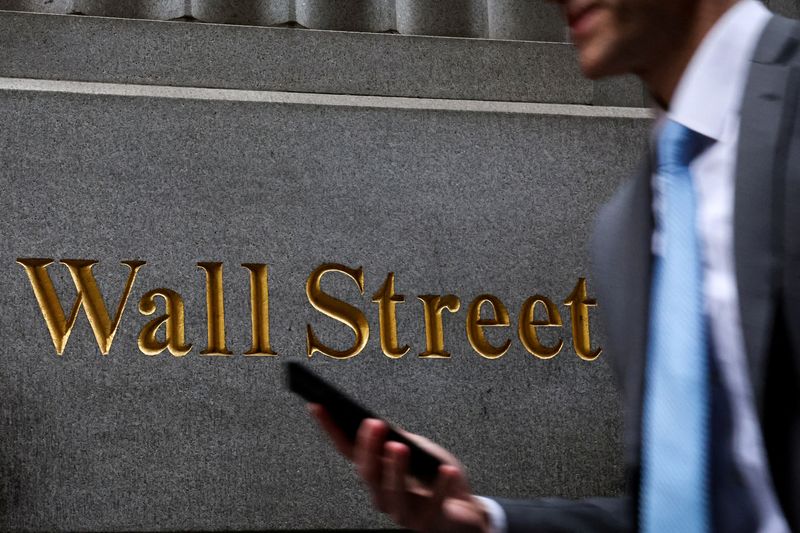By Davide Barbuscia
NEW YORK (Reuters) -Investors are bracing for volatility as Federal Reserve Chair Jerome Powell walks a fine line between curbing inflation and supporting the labor market, with thin August trading poised to magnify any market moves from his Jackson Hole speech on Friday.
Wall Street largely expects Powell will signal an imminent easing in monetary policy, but concerns that U.S. President Donald Trump’s tariffs could reignite price pressures may force him to tread carefully. Meanwhile, Powell faces relentless pressure from the Trump administration to cut interest rates, turning his final address as Fed boss at the Jackson Hole economic symposium into a test of Fed independence.
“There is a market tightrope here from a macroeconomic perspective between the inflation data and what’s happening in the employment market,” said Tony Rodriguez, head of fixed income strategy at Nuveen. “And now you combine that with the political tightrope that’s not usually there that he has to navigate. It makes for an incredibly difficult, tricky situation,” he said.
Adding to the drama, Trump on Wednesday urged Fed Governor Lisa Cook to resign over mortgage allegations raised by one of his political allies, intensifying his effort to gain influence over the U.S. central bank. Cook said she had “no intention of being bullied” out of her post.
“This (Jackson Hole) would be a good opportunity for Powell to speak about the importance of independence,” said Idanna Appio, portfolio manager at First Eagle Investments, noting that the pressure could eventually lead to a more dovish rate-setting Fed board.
A soft July jobs report and hefty downward revisions to earlier job figures fueled bets the U.S. central bank would cut interest rates from the current 4.25%-4.5% range later this year. But a surge in wholesale prices in July dimmed investor hopes for a half-point move at the Fed’s next rate-setting meeting in September, leaving markets braced for about two 25 basis point cuts for the rest of the year.
So far, consumers have been spared a sharp jump in prices despite Trump’s escalating import tariffs, but doubts linger over how much of those duties will filter through to households in the months ahead.
“I expect that Powell will signal a change in monetary policy that suggests that we’ll resume the rate-cutting cycle on September 17, and markets will welcome that news,” said Michael Arone, chief investment strategist at State Street Investment Management. “But I think he’ll be reluctant to give too much transparency on the future path of rate cuts, because he knows what he doesn’t know,” Arone said, referring to the inflationary impact of tariffs.
